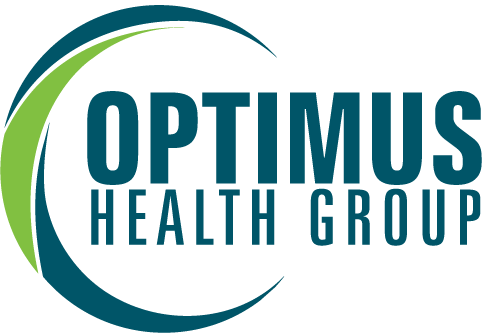We are two weeks away (fingers crossed) from restrictions being lifted in VIC and the return of community sport has already been flagged as an agenda topic for the National Cabinet. At Optimus, we are heavily involved with footy, soccer and rugby and rumours are fast circling around potential training and match dates. Although these are just rumours, there is enough substance behind them to take them seriously and start thinking about your preparation for returning to sport.
The return of elite sport - NRL.
Consider the elite environment. The NRL is aiming for May 28th as the start date for matches. Even with online access to the best health and fitness professionals during COVID, with 4 weeks preparation, the players will not be at the physical standard required to play. Injuries will be higher, both contact related and muscular injuries which will reduce available players putting pressure on players to play through injuries or come back too soon due to the shortened season.
So what chance do community athletes have for remaining injury-free? How ready are you to return to play?
Speaking to our community we’ve identified 3 COVID fitness levels - ask yourself which category do you fall into?
1. You’ve probably been hitting the drink a bit harder than what you should have been. You could audition for Masterchef with your banana bread skills but you have managed a bike ride and a few walks around the block.
2. You’ve been trying, you’ve stayed involved with your club by taking part in online workouts, you’ve downloaded (and used) all the latest fitness Instagram workouts and have been using those wine bottles and your dog for weight training.
3. You’ve had a structured periodised strength training program and have followed a fitness running program.
3 is better than 2, 2 is better than 1 and if you’re a 1…well you might need to put down that spatula and start paying attention. No matter what category you fall into, if you strapped on your boots and walked out onto the oval/field tomorrow a lot of people will be a ticking time bomb for preventable injuries.
Being a Strength & Conditioning Coach with experience in working with both elite and community athletes I know that physiologically it takes 6 weeks to adapt to a training load. That’s a 6-week structured, progressively loaded training plan that encompasses the technical, tactical, physical and psychological skills for sport. How can we expect both elite (NRL) and community athletes to hold up to the rigours of playing with potentially only 4 weeks of a gradual build-up to play?
Those who fall into Category 3 will be in the best possible position (but there is still work to do), but my fear is, most people will not fall into this category and it is my worry that the majority of people who will complete 4 weeks training and then go back to the field will come unstuck on the injury front.
So what should I be doing and when should I start doing it?
NOW!!! Get started on some basic plyometrics (exercises in which muscles exert maximum force in short intervals of time with the goal of increasing power). You’ll find some examples of plyometrics below:








